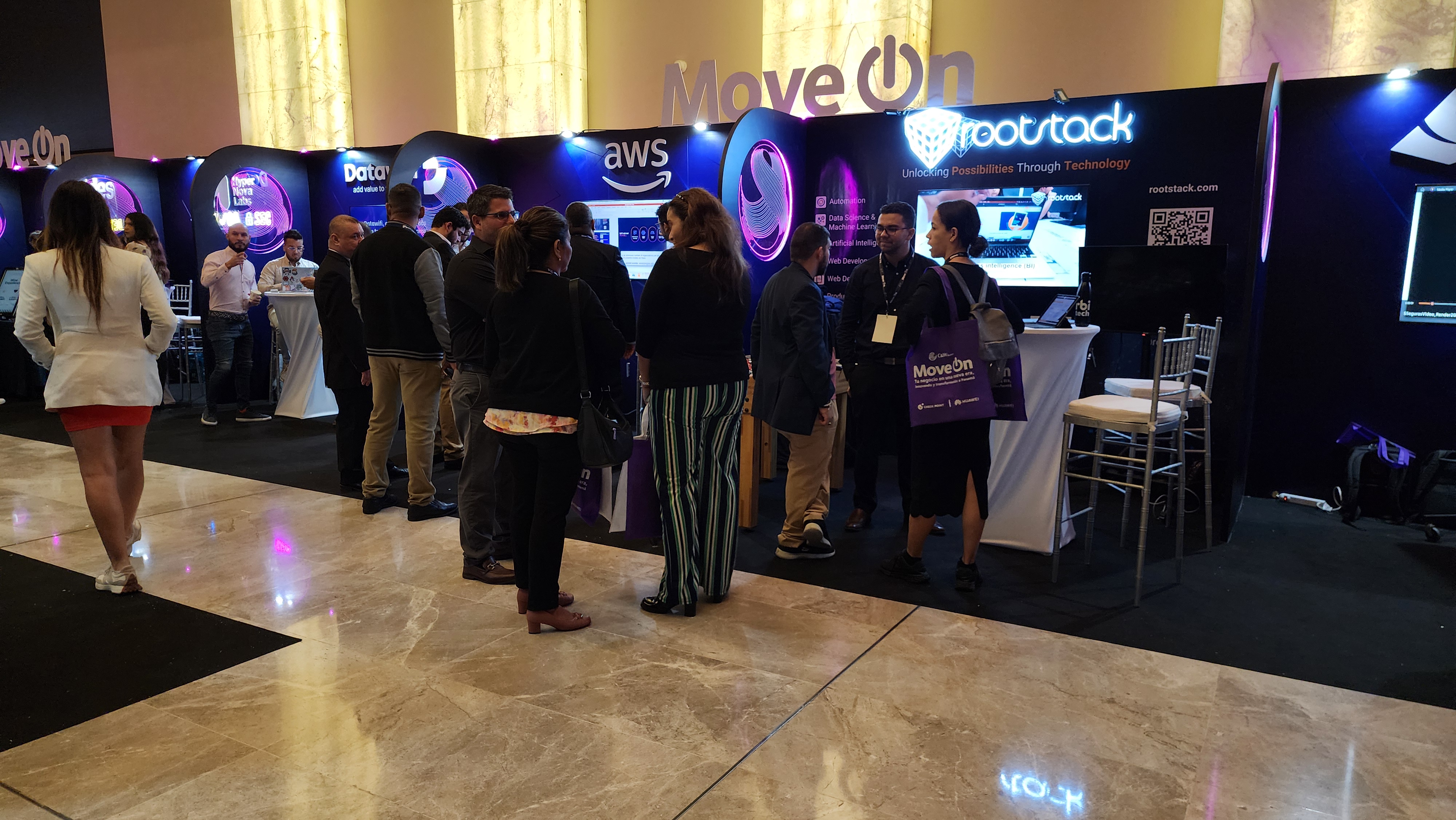What Is Event-Driven Architecture and What Are Its Advantages?
July 12, 2023
Table of contents
Quick Access

Software architectures are commonly utilized to maintain overall project control. The underlying conceptual arrangement of a software system is defined as software architecture. It defines the structure and behavior of system components, as well as their interactions with other systems and user interfaces.
It entails making high-level software design decisions, such as selecting software patterns, components, and frameworks, as well as assigning functional and non-functional requirements. Software architecture serves as a blueprint for the creation, implementation, and management of a software system, assisting in the achievement of desired quality features such as scalability, dependability, security, and maintainability.
Event-Driven Architecture (EDA) What exactly is it?
A software design pattern that prioritizes the generation, detection, and consumption of events as the primary means of communication and coordination among software components or services inside a system is known as event-driven architecture (EDA). Data flow and control in an event-driven architecture are determined by the occurrence of events rather than by a central program or process.
Occurrences in this architecture reflect significant system occurrences or changes such as user activities, sensor readings, database updates, or messages from external systems. When an event occurs, it calls an event handler or event listener, who is in charge of processing the event and implementing the relevant actions or replies.

Event Driven Architecture Basics
- Event: An event is a notification or message that represents a specific occurrence or change in a system.
- Event Producer: An event producer is responsible for generating and emitting events when specific conditions or actions occur within a system. Posts events to an event bus or event stream.
- Event Consumer: An event consumer is a component or service that subscribes to and receives events from the event bus or event stream. It processes the events received and performs the necessary actions or reactions.
- Event Handler: An event handler is responsible for receiving and processing events. Contains the logic to react to specific events and trigger the appropriate actions or workflows.
- Event Bus or Event Stream: It is a communication channel or mechanism that facilitates the distribution and propagation of events within a system. Event producers publish events to the event bus, and event consumers subscribe to the event bus to receive events of interest.
Event-driven architecture offers several benefits, including loose coupling between components, scalability, extensibility, and the ability to handle asynchronous communication and distributed systems. It is commonly used in systems that require real-time responsiveness, complex event processing, event-based integration, or handling of large volumes of data and events.

Benefits of an event-driven architecture
There are several benefits of an event-driven architecture, including:
- Scalability: Event-based architectures are highly scalable, as they are designed to handle a large volume of events and messages.
- Flexibility: Event-based architectures are flexible, allowing changes to individual services or components without affecting the entire system.
- Efficiency: Event-based architectures can be more efficient than traditional architectures, since they can process events in parallel.
- Decoupling: Event-based architectures promote decoupling between components, as each component can respond to events in isolation.
- Resilience: Event-based architectures can be more resilient than traditional architectures, as they can handle individual component failures without affecting the entire system.
- Agility: Event-driven architectures promote agility by enabling faster development and deployment of services and components.

Event-driven architectures and programming paradigms have become increasingly popular in modern software development due to their ability to handle complex and dynamic systems. By capturing and processing events, applications can quickly respond to changes and provide a more responsive user experience.
We recommend you on video
Related Blogs

We were at MoveOn 2024! Rootstack sponsored one of the most important tech events in Panama
Vue.js or React for frontend development?


How to integrate UiPath RPA with a database

